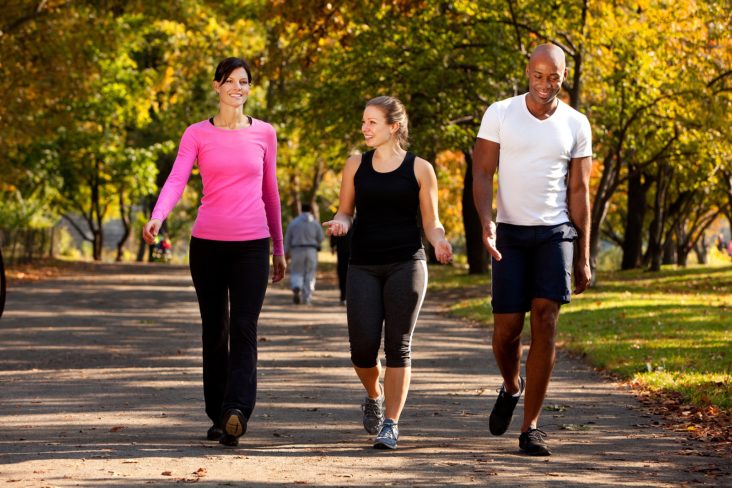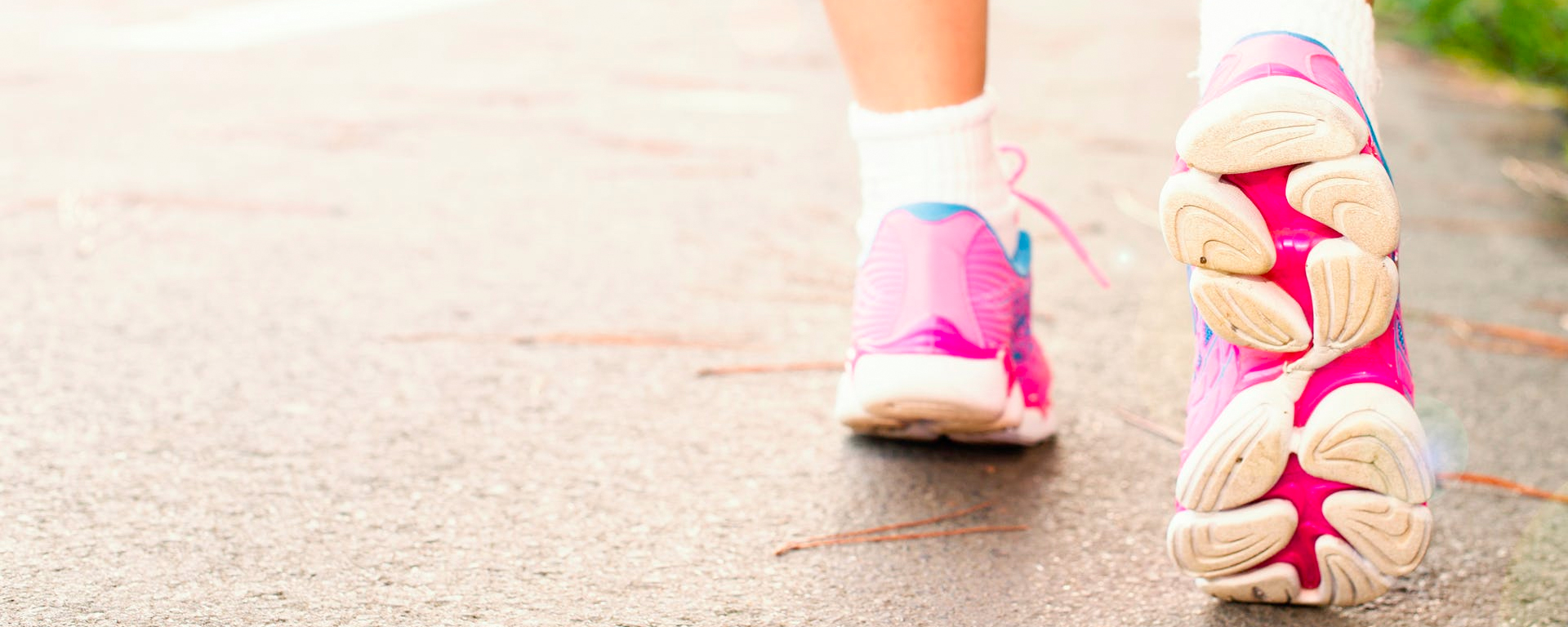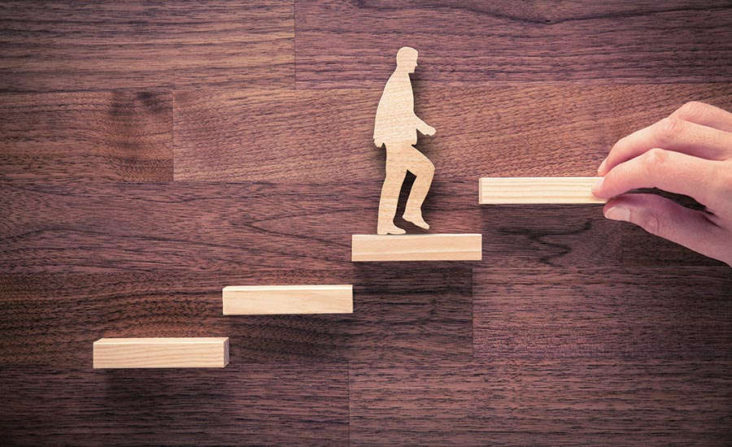Throughout my career I’ve received interesting feedback from patients regarding treatment from registered massage therapists. For example, patients have reported that they have experienced discomfort during treatments as well that the therapist worked too light, too deep, spoke throughout the treatment and worked on areas that weren’t asked to be treated. Frequently, these patients also reported that they were too scared to ask questions believing that they would distract the therapist and felt incredibly self conscious or even vulnerable during treatment.
In general, inherent in manual therapies such as massage therapy, is the possibility of the production of pain or discomfort. My first experience with massage therapy was when I was a high school student. Following my treatment, I was in such discomfort I couldn’t even sit in class the following day. From my perspective, massage therapy became associated with harm. In fact, it was not until 15 years later when I found myself in the massage therapy program that I received my next massage. However, my personal experience in conjunction with my education in massage therapy formulated my therapeutic approach to my own patients. I’ve made it my personal mission to ensure that during treatments, patients feel heard, safe and empowered that they are the ones in total control of a treatment session, not myself. My role is for treatment, guidance and education, lending a sympathetic ear if needed and with an overall goal to make an individual feel better.
As a matter of course, prior to any patients of mine (new or existing) even laying upon the treatment table, I establish an open line of communication. This makes them aware that they can feel free to speak to me throughout the treatment and there is no risk of distracting me. This helps to establish and foster a trust in myself and my capability to not only treat my patients but to address any questions or concerns that they may raise.
Massage therapy can be an uncomfortable experience, but doesn’t have to be if communication is established. Please be aware that you never have to be afraid to ask any questions or to let your therapist know what you’re experiencing during a treatment, particularly if you’re feeling pain or discomfort. If you ever find yourself in the situation where you feel that the therapist is not listening to you or addressing your concerns during treatment, it’s your right to request the session be shortened or terminated. This advice applies to appointments of any healthcare professional.
There are many registered massage therapists who are just as passionate as myself about our profession and who tirelessly promote massage therapy in a positive light. We strive to make our patients feel empowered, ensuring they are safe and that their voices are always heard!
Author: Lesley Andress




